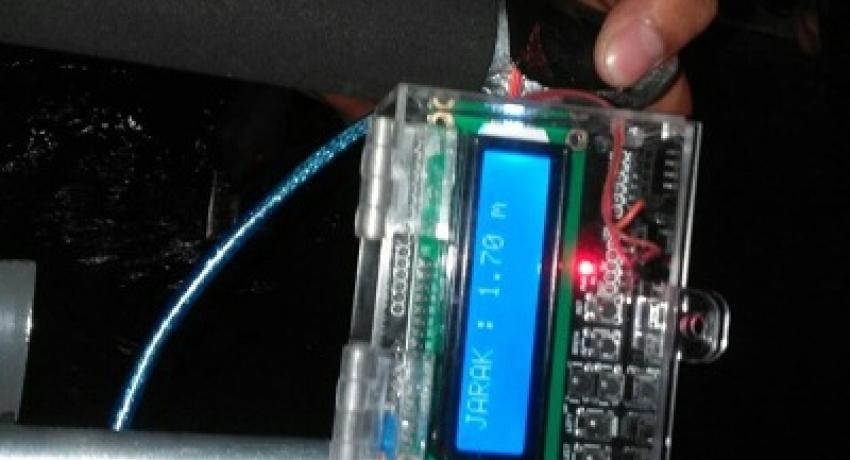Indonesia is one of the countries often hit by natural disasters, one of which is flood. Flood is caused mostly by irresponsible littering, leading to clogged drains or aqueduct. The problem of flood actually can be resolved with ease if factors causing the flood can be seen directly. In fact, this issue becomes much more complicated because most of the aqueducts are closed, making it quite hard to check.
As cited from Kompas daily newspaper, the Indonesian President, Joko Widodo, who was also the former DKI Jakarta Governor, had ever made direct ‘inspection’ by getting into the a half metre ditch. At the beginning Jokowi just intended to look at the condition of the ditch that connected with Lenteng Agung highways. Suddenly, Jokowi got into the ditch by bending down his body. Jokowi found a large rubbish and silt in the ditch that reduced the capacity of the water tank at the closed aqueduct.
This issue has aroused the interest of a number of students from Yogyakarta State University (YSU), namely Muhammad Mu`tasimbillah Ghozi, Dwiana Rahmawati Diky Ansor Rosadi, Desy Nurhidayah, dan Fitra Kalih Aswaldi. They created a controlling system to help monitor the height of silt in the closed aqueduct, APESAT (detection tool for a closed aqueduct). This tool is a product of the program under the guidance of a lecturer from electrical engineering education, Muhammad Ali, M.T. This tool is managed digitally and can be monitored directly through LCD screen, "With the system, it speeds up the time required to check the closed aqueduct," explained Ghozi, the leader of the team.
Ghozi added that after the system is turned on, the tool is directed to the ditch which silt will be measured. Then APESAT will directly detect the distance of the deposition. "Another advantage of this tool is the ability to distinguish between flowing waste, silt, and blockages so that the distance shown on the LCD is accurate," imbuh Ghozi. "We believe this app will help provide early prevent of flood in aqueduct, because the data displayed on the LCD are always updated according the checking time," Ghozi added. "We have planed for the future development of the system thus able to accommodate more complex needs," he suggested. (hryo)





